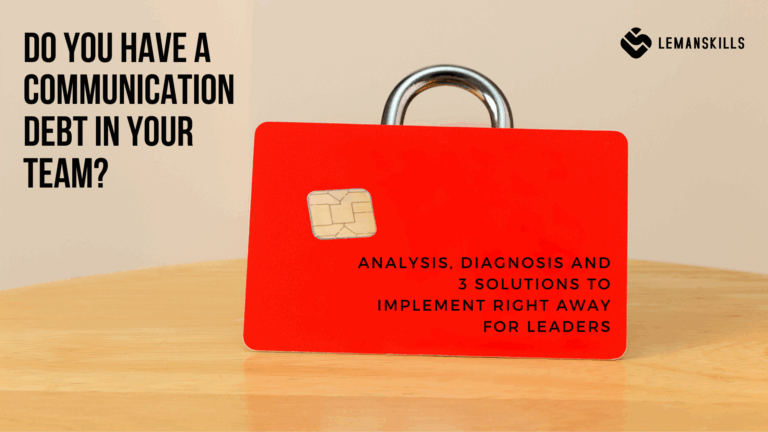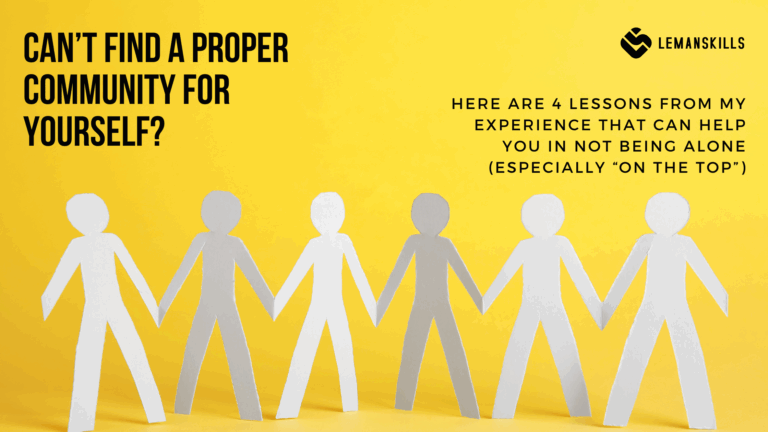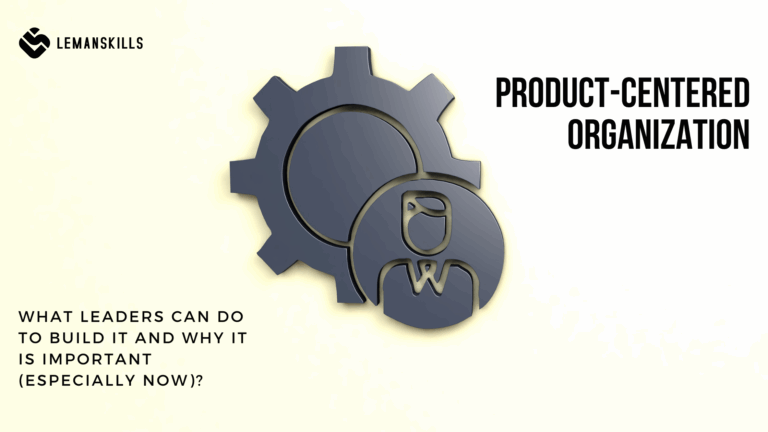When the times are tough, we often turn on the “survival” mode. Staying low, not making any sudden moves, waiting for the better conditions. We often don’t invest but just take our time, we withdraw with a fear of losing what we already got.
Is it smart? What do we lose acting that way? Can we manage the situation differently?
Let’s take a look on what we can invest into to use our time the best possible way and protect our future at the same time.
Invest in your skills
To invest in your skills is always a good way, no matter what is happening in the world, what kind of war or crisis there is out there at the moment.
Regarding a lot of studies, we need to be prepared to learn new things, unlearn the old ones and it basically becomes a real competence of future. There is a prediction that 40% of jobs that exist now, will be automated and replaced by technology in less than 10 years. But the same number (or more) of new ones will be created, and it will require different set of competences and abilities to cooperate with technology and other people, that’s for sure.
And that’s why we don’t have a luxury to wait until the times will be better to start learning.
Create an image of your future self as a professional. Who is this person? What kind of skills and knowledge she/he has? Then go back to the current situation. What do you already know and what do you need to learn? What are 3 the most important things that you want to invest your time and money into in the next 12 months? And what you want to start with? Pick one thing and start acting on it. Today.
Remember that you don’t need to necessarily spend tons of money on education if you don’t want or you don’t have it at the moment. These are many low-cost sources of knowledge, the main goal here is to find the proper one that will support you achieving your developmental OKRs. Here are some possibilities:
- blogs in the area that interests you,
- e-books, books about the subject and/or about people who succeeded in a certain area,
- e-learning / training platforms, line Mastermind, Udemy, Coursera, EDX, Pluralsight, Future Learn and many more. You can find a longer list HERE, check this out and choose what works for you,
- webinars, online meetings, discussion sessions on a certain subject, i.e. in Facebook groups,
- getting a mentor in your current place of work or finding one outside, i.e. through LinkedIn.
And of course you can add to that list workshops, training programs, certifications, formal education (master, post-graduation studies, MBA etc.) if you have space, capacity and money to invest more in yourself. It is always the best way to spend your money since you invest now to earn more and live better life in the future.
Invest in your health
We have only one health and one body. If we are not treating it well, it will fail and we’ll be miserable, disabled and we die sooner than later. There are plenty of examples of people over 80 years old, that are champions in sports, checks, sudoku tournaments and so on. You can find them and get inspired, because there are a lot of them, living long and healthy life all over the world.
But it’s not a story about them. It’s a story about you, your decisions that you make about your life. Investing in health, mental and physical is one of the most crucial things we need to spend our time on. And yet, we often forget about it, treat our bodies like trash cans, eating badly, sleeping badly, not drinking water, scrolling social media all the time, nourishing our brains with rubbish.
It’s not about perfection. We all can eat candy, pizza or having a wine night from time to time. 80/20 rule should be used here – take care of yourself really well 80% of the time, and have this 20% stock on the unexpected, bad moods, pizza Fridays or whatever.
Invest in your health by eating fresh ingredients, get rid of candy, processed food and everything that makes you feel bad after having a meal. Drink water, go to bed and wake up approximately the same time every day. Do regular medical checkups, don’t wait until you are sick. Don’t treat your body like you have more than one. Respect it, learn how to listen to its needs and how to respond to them in the best possible way. You will see the changes really quickly.
Invest in your relations
We are social animals, we like it or not. Regardless our personality type, whether we are more extraverted or more introverted, we all need to be in a group. This group can be a group of 2, can be a group of 1000. Every person needs something different and the beauty of it is that we can actually choose in which relations we want to invest and when.
To invest in relations means to intentionally decide to spend quality time with somebody. Either it is a partner, child, parent, friend or a manager, coworker, mentor/coach at work. Relations are everywhere, in each area of our lives. Even when we go to yoga class, we spend time with people, having the same goal – doing a workout to be healthier, stronger or more flexible.
Check with yourself, how you spend time with people.
- At home: when you finish your work, do you spend it with a phone in your hand, and the other person does the same thing? Even if you are in the same room, on the same couch. Do you listen, openly and actively what your partner or children are saying to you?
- With friends: when you meet your friends, how do you spend time together? Are you talking or having a phone on the table all the time and being distracted by each notification? Do you ask questions or only listen? Or do you talk all the time without a space for the other person?
- At work: when you have a meeting or an online training session, do you do different things at the same time, like writing e-mails or responding to people on Teams or Slack? Do you actually care about the content of the meeting, or you are there because it’s some kind of obligation and you don’t want to say “no” to people? Are you focused on what other people say or ask for?
Ask those questions to yourself, be honest with the answers. It’s fine that we are not perfect. It’s not possible to be mindful every minute of every day, but it’s all about our priorities. If we want to really invest the most valuable thing we have – time, we need to be wise about it and put the energy where it is really valuable. For us, for our minds, bodies and relations with other people.
The bottom line
When the times are tough, it’s natural to want to take a step back, to wait for better times, to not risk more than necessary. But with this attitude, we can lose more than we think, so I strongly encourage you to not waste any more time. Invest in yourself, be smarter and healthier every single day.
If you do it when the times are hard, imagine what you could do after, when the times are better.




